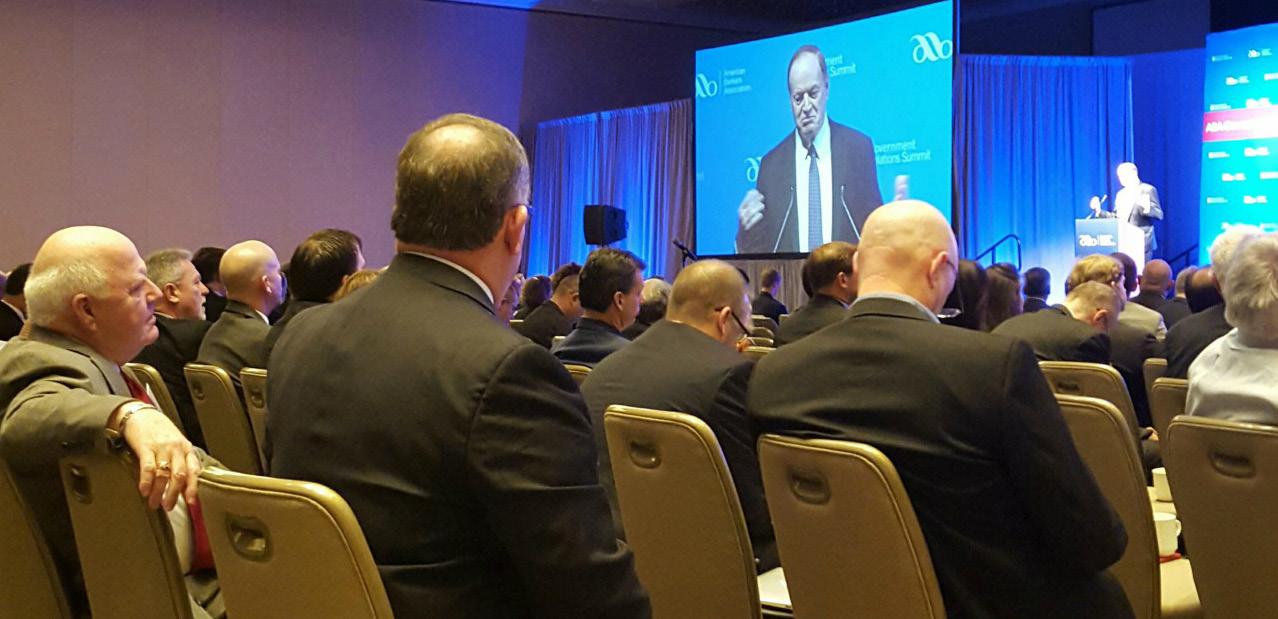
3 minute read
ERM and the Committee Process: What Directors Need to Know
Karl Nelson is the Founder and CEO of KPN Consulting. His career has included senior positions with IDC Deposits and Promontory Interfinancial Network. In addition, Nelson served as a Senior Vice President with the Federal Home Loan Bank of Atlanta from 1991 through 2002 where he managed the sales and marketing, strategic planning, and trade association/ regulatory outreach efforts. ABOUT THE AUTHOR
Hear more from Karl Nelson at the ABA Annual Convention!
It seems that each banking crisis brings about a response from our regulators concerning risk management practices. Fortunately, these banking crises are rare, but we have seen two such periods since the 1980s and the recent one did result in 519 failures to date. In our state, we have witnessed just two failures, but despite that record, all banks in all states will be involved in a trend of enhancing risk management procedures. Historically, we have used a “Committee Process” to manage risks in our organizations and these various Committees typically involve our Boards of Directors. Typical Committees include those for Credit, ALCO, Governance, Compliance, Audit, and Technology and, for the most part, this process has worked. But, with the failures associated with this last crisis, we find renewed interest from our examiners about how this process works and how it failed to predict losses in our loan portfolios. The main problem appears to be what is now being referred to as the “Silo” problem. By this, we mean that each of these Committees may have been seeing their own specific risks; however, the process was not putting all of the information about risk together for a larger picture of overall risk within the organization. An example might be the move away from floating rate loans to fixed rate credits that was occurring due to competitive factors. We knew that it was necessary to meet the demands of borrowers but if we were not factoring in the interest rate risk that this kind of activity creates, we found ourselves at risk of rising rates. This kind of risk is typically discussed in ALCO but if the Credit Committee wasn’t talking to ALCO, this additional risk could have been missed – the “Silo” effect. Though we do not appear to have complete agreement from the various regulatory bodies about what we call this enhanced risk management concept, many are using the term “Enterprise Risk Management” (ERM) to describe this issue. From our perspective, we see a strong focus from both the Federal Reserve and the OCC on ERM, however, we see less demand from the State and FDIC as to use of this terminology. What is not in doubt, however, is the fact that all four regulators do have a desire to see all of us enhance how we manage risk. And, the key to this desire appears to be the use of forward-looking risk assessment as a replacement for what has historically been all about looking at the past. For example, many of us grew up measuring Liquidity Risk through various balance sheet ratios and that concept worked well so long as the future and the past were well correlated. Unfortunately, the banking industry in 2007 did not correlate well to that of 2006 (profits were off by some 30%) and this set off a search for a better measurement tool for Liquidity Risk. We are now using something called a Contingency Funding Plan (CFP) as a tool for measuring Liquidity Risk and this is just one example of how we are adopting more forward-looking assessment tools as part of this ERM exercise. As this ERM process continues to evolve and we continue to see future-oriented tools replacing historic measurement techniques, all of us will be looking into the future for sound risk management procedures. Fortunately, our friends from the regulatory arena are providing us time to make these adjustments, but those who ignore the need for improving how they manage risk are taking a chance on a bad exam in their future. Instead, we should all be figuring out the best tools for our own specific organization and understanding what ERM is all about is a great starting point for our banks.










